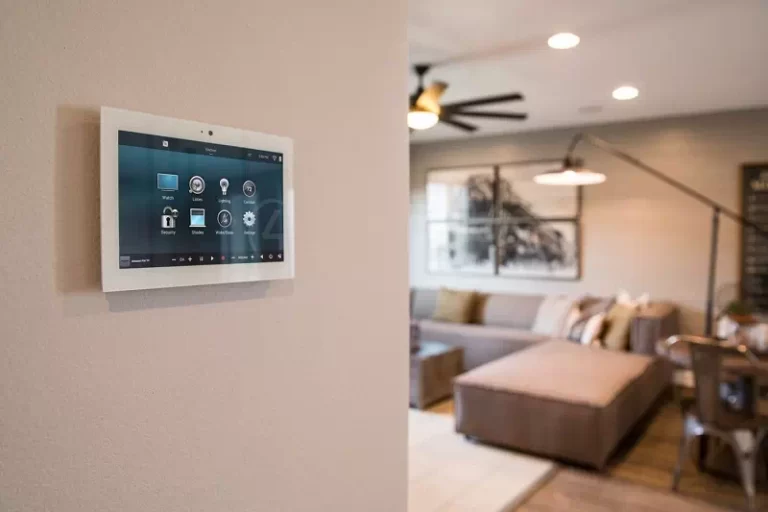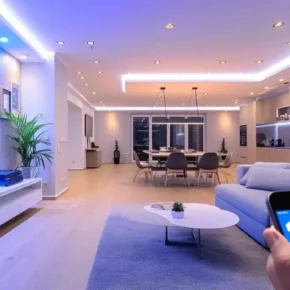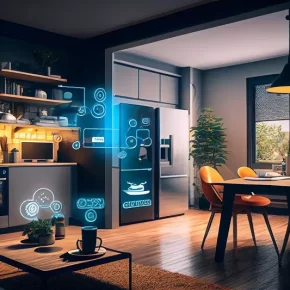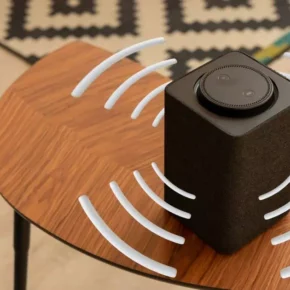Comfort in the house is not limited to a beautiful interior and comfortable furniture. One of the key components of a cozy and functional space is proper lighting.
Modern lighting control systems offer smart solutions that allow not only to control lighting from one place, but also to automate processes, ensuring efficient use of energy and increasing comfort in the home.
1. What is a lighting control system?
Lighting control systems allow you to control all the lighting devices in your home through a single device or application. These can be simple switches with a smoke function or complex smart systems that automatically adjust the lighting depending on the time of day, the amount of natural light or even the mood of the user.
2. The main advantages of smart lighting

Smart lighting control systems have a number of advantages that make them profitable for installation in a modern home:
- Energy efficiency . Automatic switching off of lights in unnecessary rooms and brightness control reduce electricity consumption.
- Comfort and convenience . Ability to control lighting using an app or voice commands.
- Flexibility of settings . Creation of different lighting scenarios depending on needs (for example, “dinner”, “rest”, “watching movies”).
- Security . Simulating a presence in the home by automatically turning on the lights can help protect the home from intruders.
3. Types of lighting control systems
- Classical systems with dimers . These are the simplest systems that allow you to adjust the brightness of the light manually.
- Smart lamps . Connect to the home Wi-Fi network and can be controlled via a smartphone or voice assistants.
- Centralized systems . They are used in smart houses and allow you to control the lighting of the entire house using one panel or a mobile application.
4. How to choose a lighting control system?
When choosing a lighting control system, you should pay attention to several important aspects:
- Compatibility . Make sure the system is compatible with existing appliances in your home.
- Ease of installation . If you do not want unnecessary complications, choose a system that can be easily installed without additional work.
- Functionality . Determine which features you need – for example, control from the phone, automation of scenarios, or integration with other smart devices.
5. Scenarios of using smart lighting
Setting scenarios is one of the main advantages of smart lighting. Here are some popular scenarios:
- Morning mode . The light turns on smoothly in the morning, helping to wake up easily.
- Night mode . Lamps automatically turn off at night or work in dimmed mode.
- Mode of absence . Lights turn off when you leave the house, or turn on only at certain times.
- Holiday lighting . Special scenarios that add a festive atmosphere (for example, for Christmas or a party).
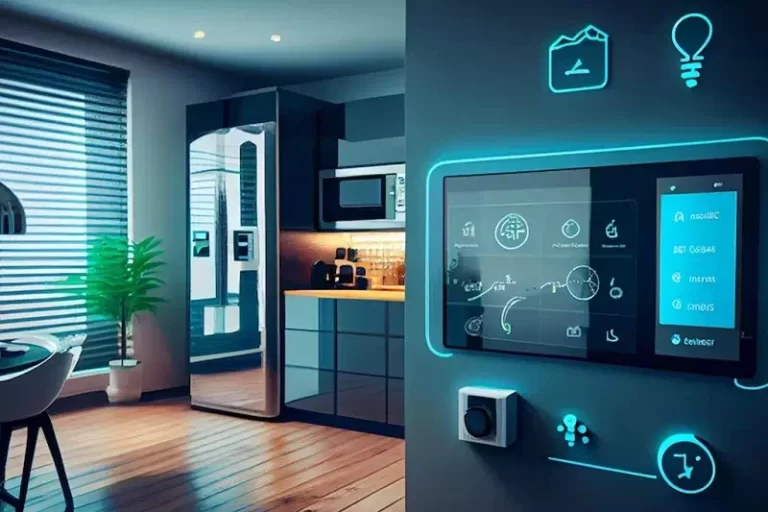
6. Installation of the lighting control system: steps
- Assessment of needs . Understand which areas of your home require a special approach to lighting.
- System selection . Choose the type of system that fits your needs and budget.
- Integration with other devices . Make sure that the system can interact with other elements of a smart home.
- Setup and testing . After installation, test different scenarios and make sure everything works as it should.
Lighting control systems are an innovative way to increase comfort in your home, make it more energy efficient and convenient. From simple solutions with dimmers to full-fledged smart systems – everyone can choose an option that meets their needs and preferences. Lighting automation is not only about comfort, but also about caring for the environment, as properly configured systems can significantly reduce energy costs.
Advantages of lighting control systems:
- Energy saving.
- Easy management.
- Increased security.
- Creating a mood at home.

